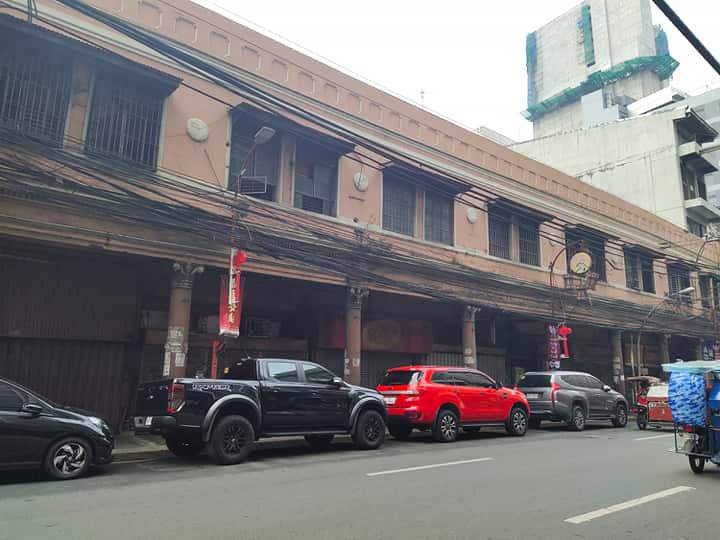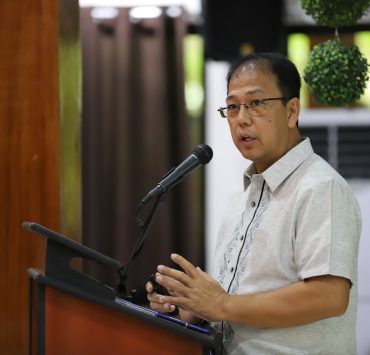The days of the old Hospicio de San Jose building’s stay in Binondo, Manila are about to end as the National Historical Commission of the Philippines (NHCP) approves its partial demolition.
Designed by brothers Juan and Arcadio Arellano, the reconstruction for the building was finished in 1917 and is the last of its architectural kind to remain on Quintin Paredes Street. First founded in Pandacan in 1782, Hospicio de San Jose is the country’s first social welfare agency, serving as a foster care institution for orphans, the elderly and those with special needs.
Throughout the years, it has been transferred to Intramuros, Binondo, Nagtahan and Echague in Manila until it was permanently relocated to its current location at Isla de Convalecencia in 1810.
Although the Binondo building does not have an official declaration as a historical heritage from any national cultural agency, Republic Act No. 10066 states it is a presumed important cultural property since it is more than 50 years old.
In respect to the building’s heritage, NHCP chair Rene Escalante stated that the demolition of the Binondo building was approved by the agency provided that portion of its historical edifice is preserved by its developer Filinvest Land, Inc.
However, heritage advocates have voiced their disapproval of the demolition.
“Understandably, it is cheaper to do this because it cuts [the] cost of having to document the interior and even to physically restore it,” said a cultural agency official who requested anonymity in an Inquirer report.
Moreover, the official added that the “restoration process is a shortcut to make it more cost-effective for whoever is buying the old building and pretending to preserve heritage.”
This approach, also known as facadism, has also been recommended by cultural agencies to be done to other Manila landmarks including the Capitol Theater and Uy Su Bin building in Binondo and Life Theater in Quiapo.
According to University of Santo Tomas heritage expert Eric Zerrudo, facadism is an approach in heritage conservation that maintains the façade of a building while new structures are built around or behind it. Retaining the original architectural façade is a way to honor the structure’s cultural importance and overlays such as proportion, volume and durability.
“Since the structure becomes palimpsest of narratives, the new narrative should respect and complement the old,” Zerrudo said.
“In the end, a superficial understanding of the approach leaves a weakened façade that eventually leads to demolition, a disproportionate or incongruous building, or an overwhelming new interpretation that decontextualizes the old façade,” he added.
Header photo from Inquirer.net
Read more:
Saving the country’s dying languages, one monument at a time
Filipinos successful in amending inaccuracy in San Francisco monument
Intramuros, Fort San Antonio Abad named National Cultural Treasures
Writer: YANN MAGCAMIT




